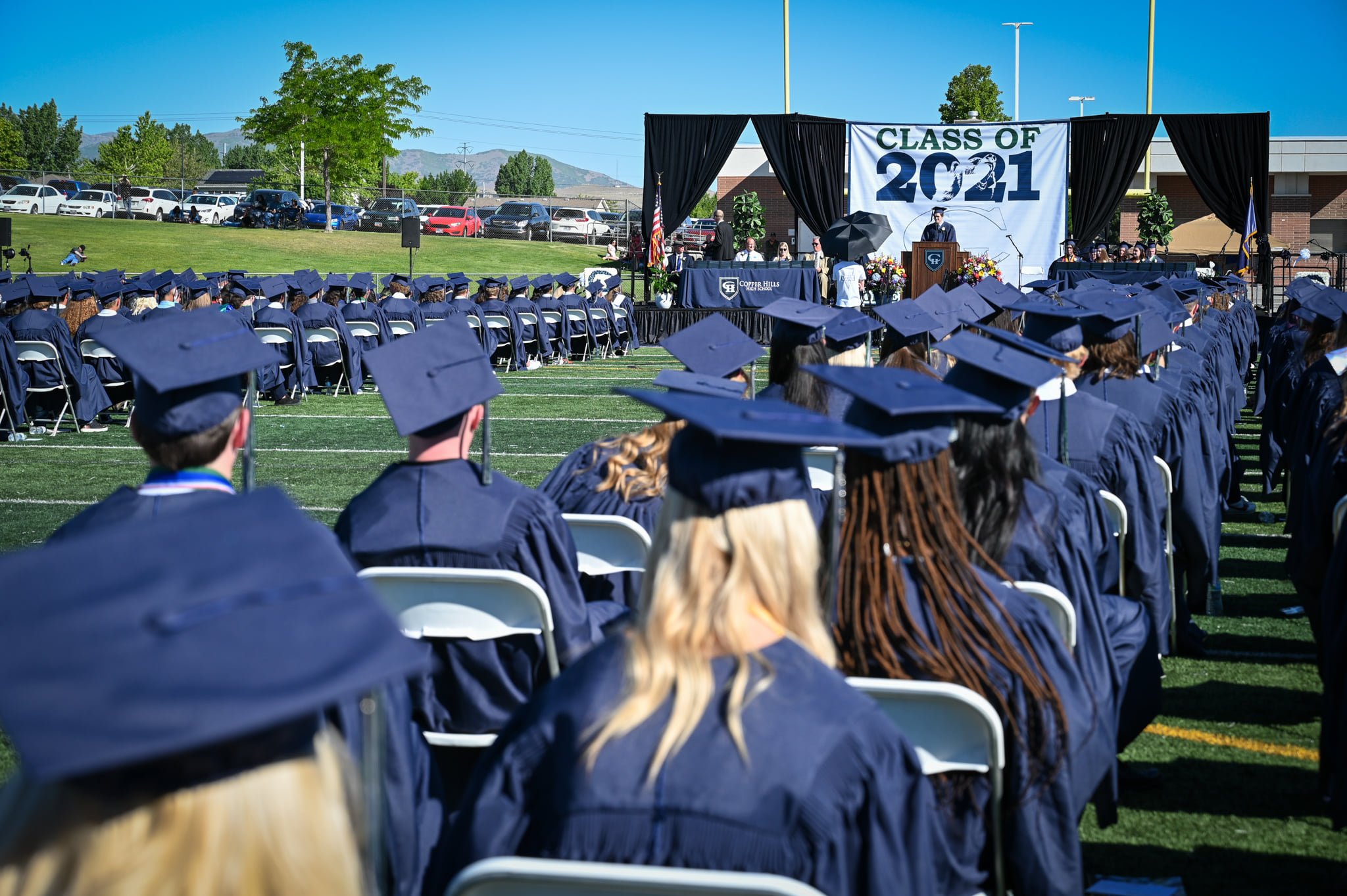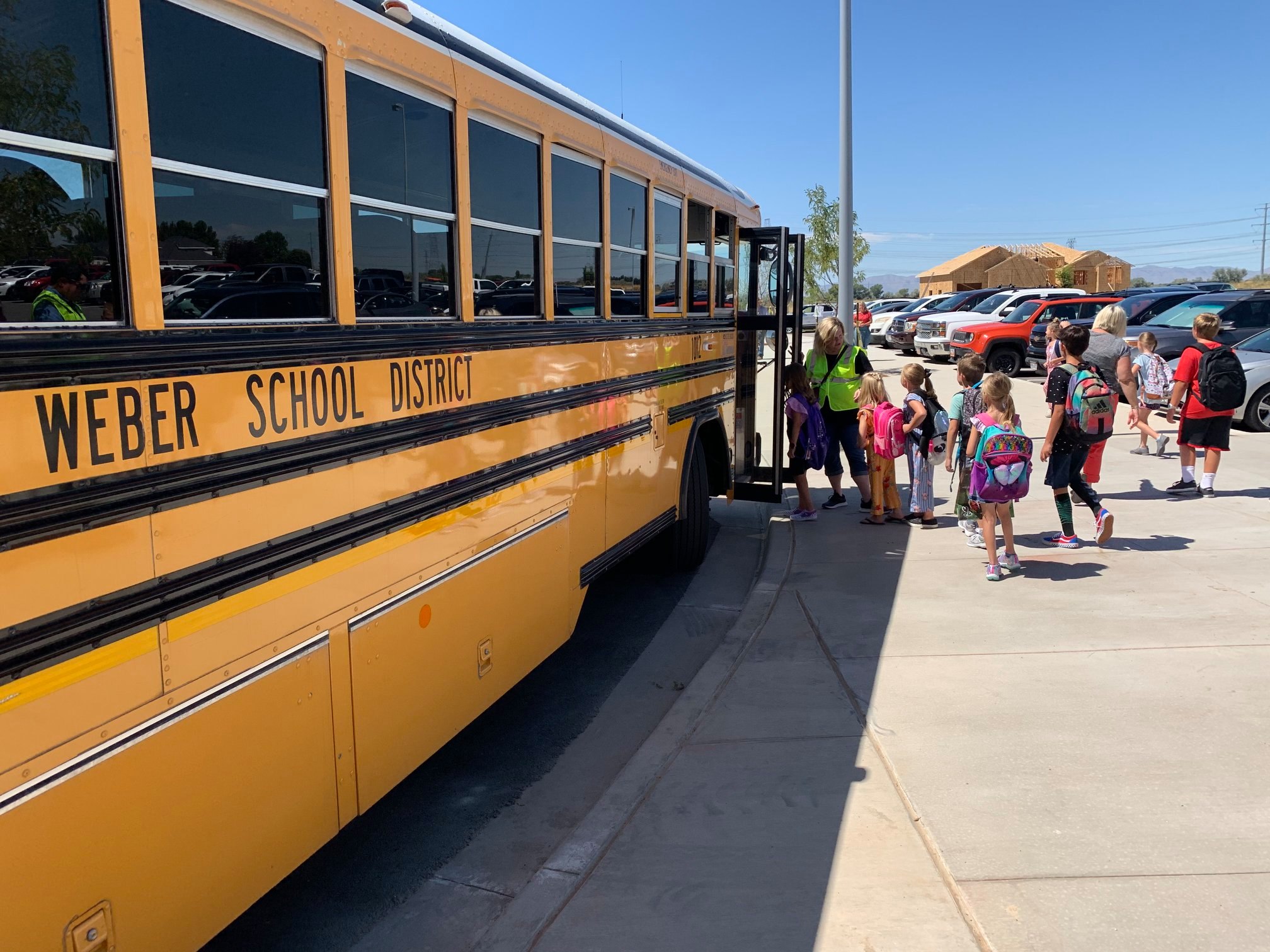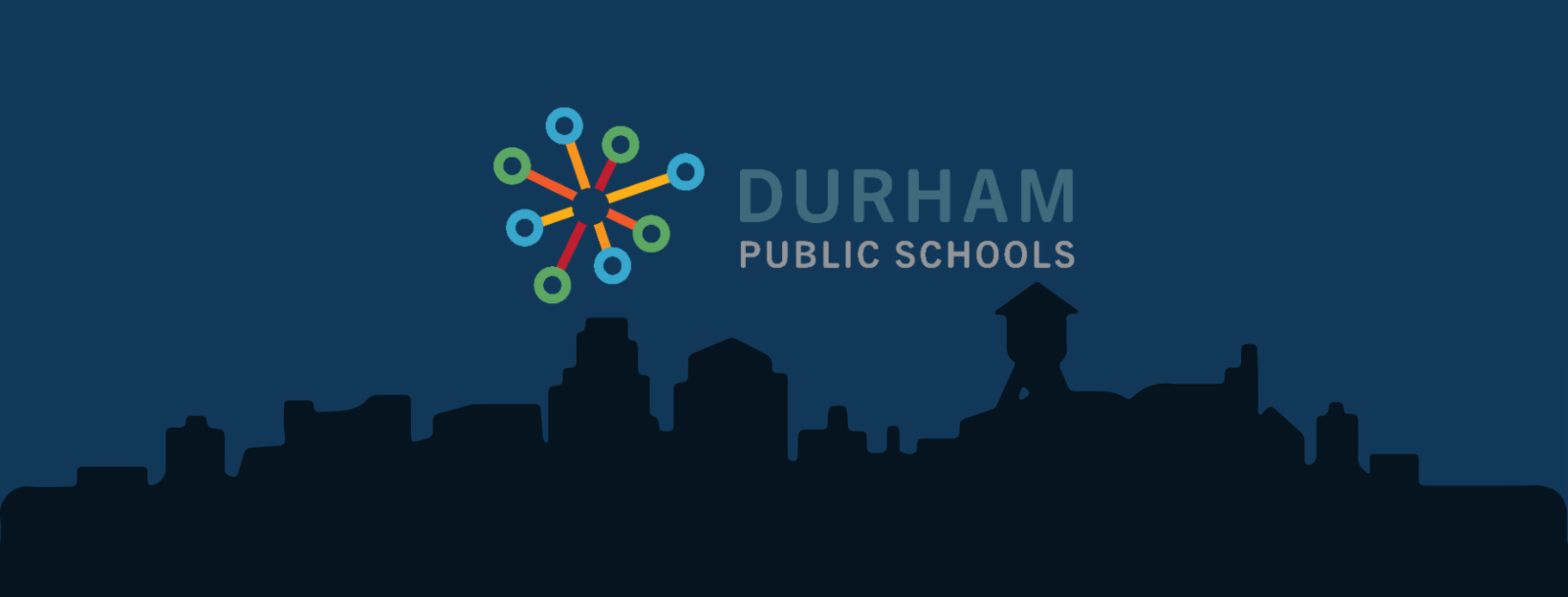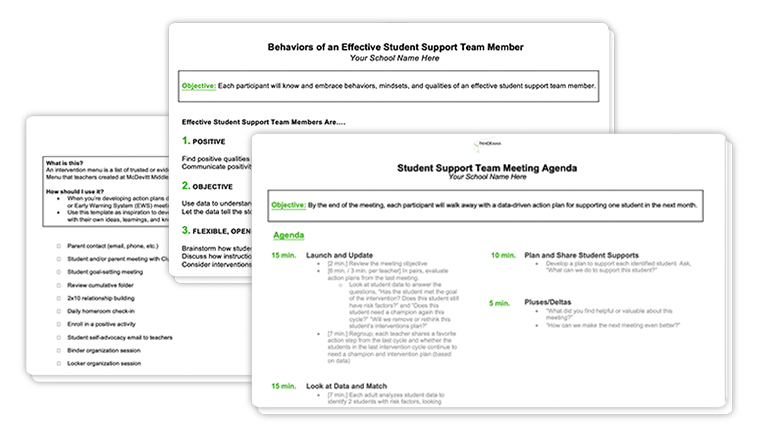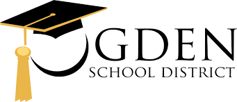 Over the last three years, Ogden School District (UT) has invested deeply in building and scaling a district-wide multi-tiered system of support (MTSS) to support the whole child.
Over the last three years, Ogden School District (UT) has invested deeply in building and scaling a district-wide multi-tiered system of support (MTSS) to support the whole child.
Located 30 miles north of Salt Lake City and serving 11,500 students across 20 schools, Ogden School District has a specific commitment to not only increasing graduation and literacy rates, but also improving students’ holistic well-being. Ogden's district and school teams are equally dedicated to improving students' academic outcomes and overall well-being.
In fact, one high school in Ogden increased the graduation rate from 76 percent to 95 percent—at the same time helping 80 more students feel a sense of belonging at high school.
To learn more about this incredible work, we sat down with Luke Rasmussen, executive director of secondary education, and Aspen Florence, director of student advocacy.
Luke and Aspen shared how Ogden is using a multi-tiered system of supports to improve student outcomes with the help of Panorama Student Success. They also touched on how they adapted their MTSS strategies to a distance learning environment this past spring.
Watch the video and read our main takeaways below.
Increasing the High School Graduation Rate from 76 to 95 Percent
LR: At Ogden High School, our graduation rate increased to 95 percent. That number, however, is not the end goal. It's the fact that more students can access more opportunities because they have completed their high school education.
When initially faced with the challenge around our graduation rate, the first thing we had to do was get to know our students and hear about the barriers that were holding them back. Once our administrative and counseling teams came together to better understand this, we started to put research-based interventions into place and track what was working.
Over time, this enabled us to more proactively help students earlier on in high school. When I first started at Ogden, we focused mostly on seniors. Now, we are starting to make an impact on younger students.
Using Panorama to Deliver Interventions and Graduate More Students
LR: We needed to meet our students where they were at, and to track and make sure our interventions were effective. We also needed to ensure that we had a system in place to positively impact all of our students through quality Tier 1 instruction and behavior.
Panorama Student Success took the guesswork out of knowing where our students were at. We were able to utilize Panorama in a variety of different settings in our school—such as in our dropout prevention meetings to analyze why students were struggling—for example, whether it was attendance or behavior. We were also able to utilize it in our CHAT (Childhood Assistance Team) meetings, where we discuss our most impacted students to figure out which interventions to place students in.
Panorama also gives us a place to track each intervention to see if it was successful or if we need to make adjustments.
When I first came to Ogden, we did not have a system to be able to track our MTSS data and see where students were at. We had to create one on our own. Having Panorama changed that for us. It allowed us to be able to quickly make decisions and quickly see whether those decisions were working.
"When I first came to Ogden, we did not have a system to be able to track our MTSS data and see where students were at. We had to create one on our own. Having Panorama changed that for us. It allowed us to be able to quickly make decisions and quickly see whether those decisions were working."
–Luke Rasmussen, Executive Director of Secondary Education
Helping 80 More Students Feel a Sense of Belonging in High School
LR: At Ogden High School, our Panorama survey data showed that, while students felt safe at school, they struggled with sense of belonging. In particular, they did not have a strong connection with adults in our school. Ogden High is a majority-minority school. Over 50 percent of students are Hispanic, and 60 percent of students receive free and reduced price lunch. It was clear that we needed to systematically try to build relationships with our students.
In response, we implemented 2x10 relationship building. That's means you spend two minutes a day for 10 consecutive days having a meaningful conversation with a student.
After implementing that strategy in the fall, when we got to the winter, we had an increase of over 6 percent of students who felt a favorable sense of belonging and connection to adults. That's about 75 to 80 kids.
That number correlated exactly with how many 2x10s we had implemented during the quarter. Those students also improved their attendance, academics, and overall sense of well-being.
"After implementing 2x10 relationship building in response to Panorama survey data, we had an increase of over 6 percent of students who felt a favorable sense of belonging and connection to adults. That's about 75 to 80 kids. Those students also improved their attendance, academics, and overall sense of well-being."
–Luke Rasmussen, Executive Director of Secondary Education
Adapting MTSS for a Distance Learning Environment
AH: When we shifted to distance learning back in the spring, understanding how to maintain a sense of connectedness was really difficult for us. Some students didn’t have access to technology; others did not have parents at home; almost all had increased stress.
We ended up looking at every support within our MTSS that was already in place, and altered them to be conducive to virtual use. We turned our home visit program into a socially distanced one. We continued providing interventions over video conference. We started surveying students at home to understand how they were coping. The survey data helped us readjust our systems to better meet students' well-being needs.
The process we have been going through—and will continue to follow in the fall—is to evaluate the systems we have in place that are grounded in research; alter the implementation of those systems to meet present needs; and adjust as needed.
LR: At the secondary level, we are planning to bring back students in groups by grade for one-day pilots to focus specifically on relationships, expectations, and the norms of the new way of school. This will allow us to introduce students back to school in smaller groups and try to make it fun. We will then run through a full-day schedule with all students in the building together and make sure everyone knows how to traverse the new procedures.
Download Panorama's top 3 MTSS/RTI support team templates for district leaders.




